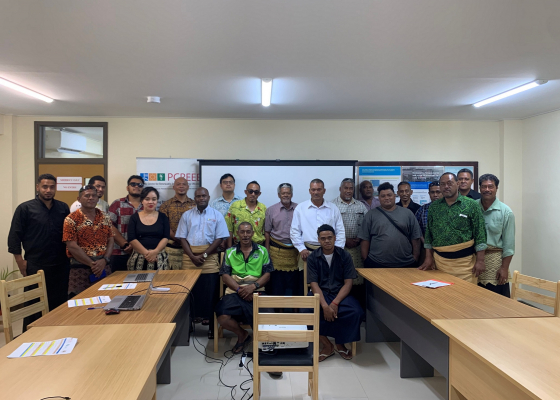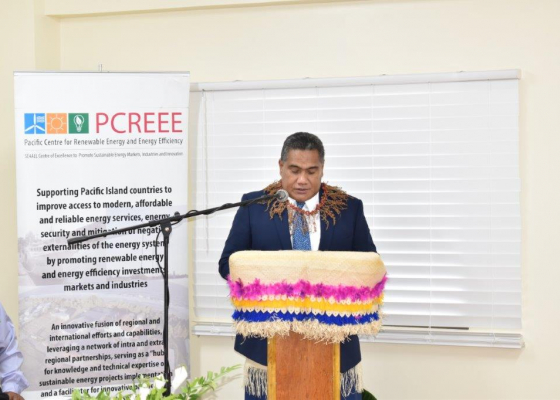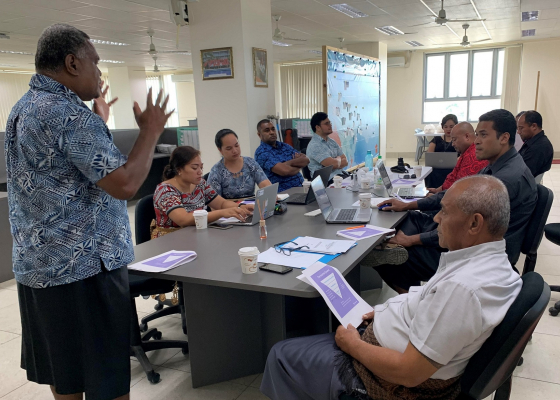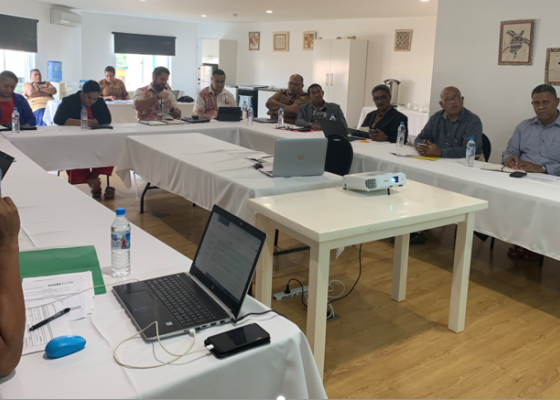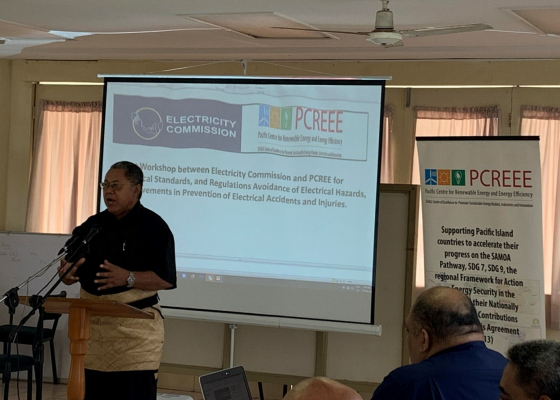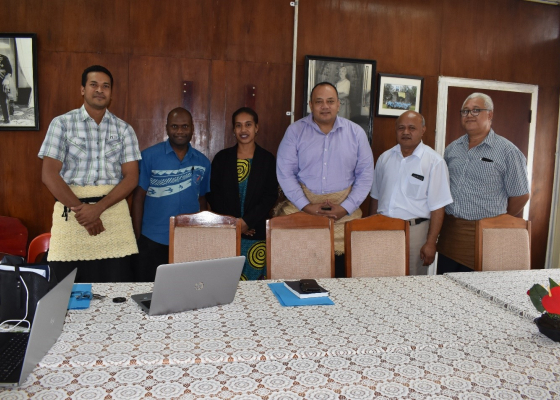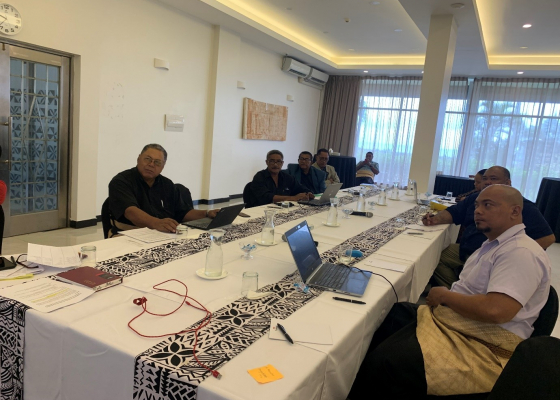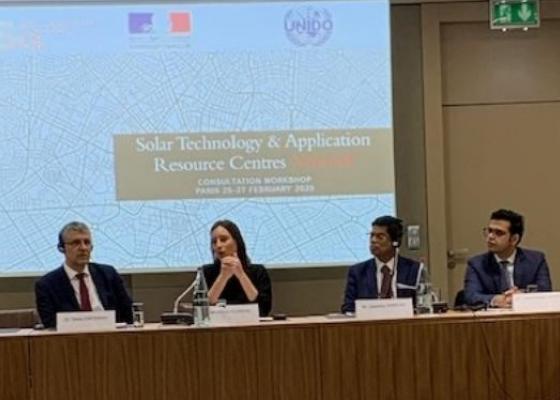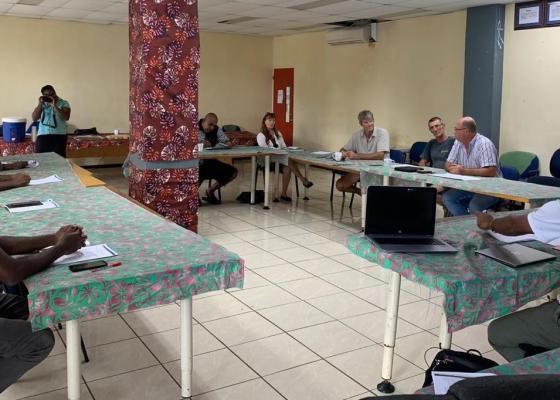Electricity Pricing: Theory and Case Studies
The rapidly increasing costof electricity power in recent years has brought about a growing awareness of the importance of pricing policies in
maximizing the net economic benefits of consumption and avoiding waste.Although the theoreticall principles governing optimal pricing strategies have long been understood, their practical application to the energy sector in general, and to electric power in particular, has not been seriously pursued until recently. Increasing unit costs, however, have provided the stimulus for a change in approach, and there is now a good deal of evidence that marginal cost pricing-hitherto thought to be a somewhat academic concept-is becoming accepted as an important criterion that should be considered in determining electric power tariffs.
The theory and practice of marginal cost pricing covers far too much ground to be dealt with in detail within a volume of this size. Accordingly,
we have had to make two principal compromises. First, in the attempt to maintain the balance between theory and practice, the methodology is developed with the emphasis on its operational usefulness. The basic theory of marginal cost pricing is explained, but readers are referred to other sources for the finer points that are more likely to be of interest to purists. Indeed, practitioners of marginal cost pricing and policymakers recognize that lack of data and other constraints will invariably limit the applicability of the more esoteric theoretical aspects, especially in developing countries.
This book consists of two parts. The first part contains a summary of the economic principles underlying marginal cost pricing for electric power, and emphasizes the importance of the adjustments that need to be made to the strict LRMC to reflect the various economic, social, and engineering objectives and constraints that are actually faced by policymakers in the energy sector. The second part consists of case studies prepared in collaboration with the staff of power and energy authorities in five developing countries in Asia.
These studies were associated with the first two seminars in a series that is being conducted by World Bank staff in various parts of the world. The case studies all follow a two-stage procedure in which the LRMC of electric power is used to weigh the costs and benefits of other policy objectives that might be addressed through the medium of power pricing. LRMC is therefore treated largely as a benchmark by which other economic and social objectives may be consciously judged. It is our opinion that local understanding of these factors is absolutely crucial for successful tariff setting. The pervasive effects of electricity pricing policies clearly indicate that the traditional narrowly focused public utility approach, which concentrates almost exclusively upon financial and engineering analysis to the detriment of economic and social criteria, is inadequate. The concerns expressed in the case studies are ample evidence that this is so, and it is to be hoped that the approach they follow, which can readily be adapted to energy pricing studies in general, will be of value to power and energy authorities in other countries in addressing the complex and sensitive issues relating to electricity pricing policy.
Upcoming Events
-
11/03/2025 to 11/07/2025
-
11/19/2025
-
11/20/2025 to 11/21/2025
-
03/02/2026 to 03/03/2026








